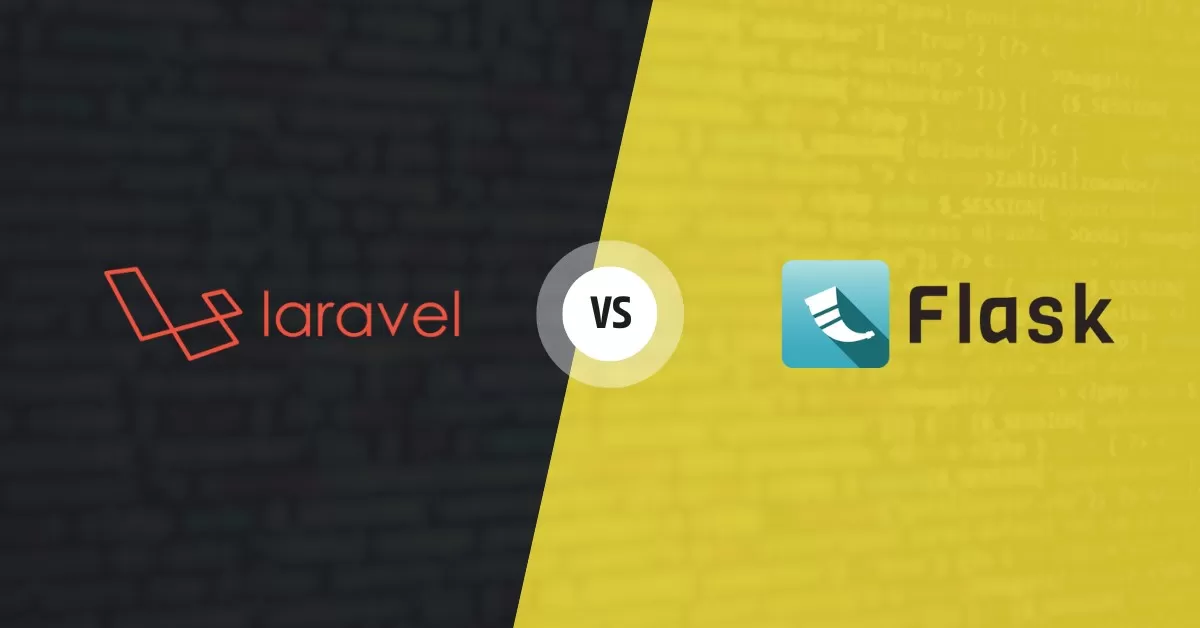Measuring success in Content Marketing

4 min read | By Admin | 01 December 2016 | Marketing
An overview of the metrics and KPIs is one of the reasons why companies are still difficult to do Content marketing as a strategy to implement is the question of the measurability. The measurement of success in the content marketing provides marketing professionals with a challenge. An overview of the metrics and KPIs.
In 2013 at an international study, were 150 experts were interviewed and write that saw 90% of companies in a content marketing strategy have invested to a measurable effect.
You should also ask what the impact of your content can measure the best that we want to give in this article provide answers.
Here we have an overview of the different metrics.
Key Metrics (quantitative) :
- Pages: calls the number of calls is an important indicator, but you should not rely too much on these figures focus since this is not very meaningful.
- Unique visitors: how many unique people have their content called?
- New Vs. recurring visitor: Any content should be an objective. Some of the contents are you more new visitors bring, others are rather of returning visitors consumed. Explore why this is the case … if the good or bad depends on its strategic objectives.
- Quantity: How often should you during a certain period of time to publish? Do you have enough resources? Please note that the quality of the content marketing should go before quantity …
- Pages per visitor: how many pages the visitors to call? In the rule applies here: the more the better.
- Sources / References: where to get the visitors? What are the sources of the high-quality traffic? What measures have the best work? For which sources is the bounce rate lowest? Etc.
- Devices: On which terminals (phone, tablet PC, etc.) are consumed their content? A high bounce rate for users of mobile devices can, for example, mean that the user experience of smartphones is not optimal …
Each of these metrics can be important indicators, however, say this is not much if you individually look. These are mostly quantitative data.
Engagement metrics (high) :
- Shares and Share Ratio: How many times have been divided the content? How many times per 1,000 page views / visit? You can also click here to look at the various channels and the channels will work best for you and what formats on which channels. Invest in an Influencer-Marketing-strategy for amplification.”engagement” or activation rate on social networks. Have your fans / follower with the content in a form of interacting?
- Comments / Feedback: Receive comments on your content? These comments do not necessarily need to be on your own blog when it comes to a blog article is about. The conversations are increasingly in the social networks – also those who have blog articles.
- Bounce rate and dwell time: How many users leave their side immediately? A high bounce rate indicates that you have a problem on the page. The dwell time is also an important indicator. How long are the visitors with their content apart? In the rule is the longer, the better.
- Completion rate: How high is the percentage of visitors to your intended action is executed?
- Click Rate (click-through rate: The Position and link texts have their importance!
Positioning :
- Search Engine Ranking: search engine optimization is an essential part of the content of marketing within the framework of a digital marketing strategy. They should, therefore, be the evolution of these metrics (incoming links, positions in the ranking, etc.) at any time in mind and strategic approach.
- Reputation: What is on your brand / your company said? How is it / it perceived?
- Range: with various tools and tactics you can measure exactly to what extent their contents have enjoyed. If you are using the visibility of your company or your brand want to increase, this KPI is especially important.
Key Performance Indicators (KPIs) :
- Generated leads: content should be identified generate leads, for example by downloading a white paper.
- Sales figures: ultimately pays the sales! Marketing and Sales should systematically work together and connected.
- Profit: the ultimate KPI. How to influence your content the customer lifetime value?
- Further recommendations: who is to become your fan and has your product or service be recommended? You invest in these fans because this “organic” form of marketing is known to be the most efficient advertising of all!
- Customer Loyalty: Inventory customer costs less than your company acquire new customers. There are also those who are your brand tell a friend … your content should also serve the customer loyalty!
The following overview contains more metrics to help you get the success measured as accurately as possible.
The relevance of some metrics will differ depending on the business field. So it makes for some companies do not make much sense to social networks to analyze in detail when the conversation is not representative.
The latest from our editors
Join over 150,000+ subscribers who get our best digital insights, strategies and tips delivered straight to their inbox.



Comments are closed.